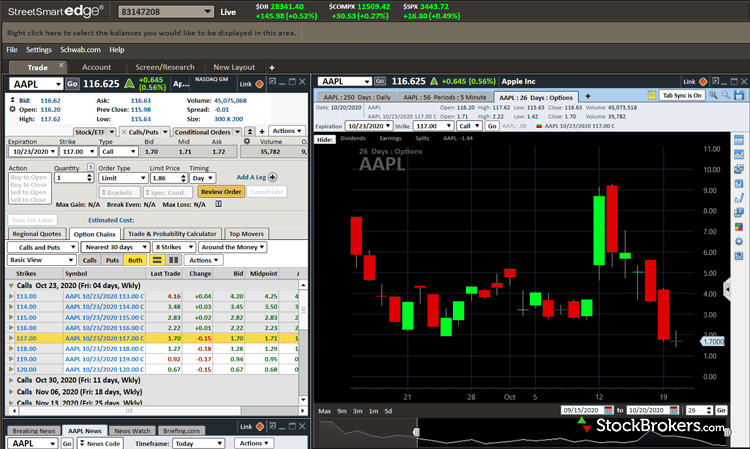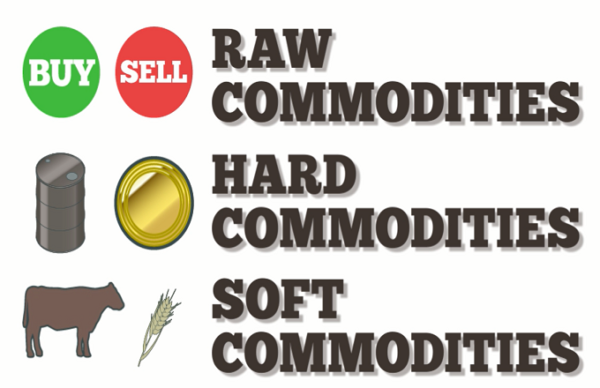
Candlestick patterns are used by price action traders to analyze and trade markets. They may choose three or four patterns to focus on. These patterns will tell you the direction of the market's price movements. Combining several strategies with price action can give you maximum results. However, it's important to follow the rules of the trading system to reduce the risk of trial and error.
Successful price action trading starts with identifying a trending markets. This means you must determine if the market is in an upward or downward trend. It's important to establish key support levels and resistance levels.
You can download the Pin Bar Indicator free of charge from the MQL5 Community. By observing the bar chart, the indicator will alert you when the chart contains a pattern.
Bollinger bands and moving averages are two of the most popular indicators. These indicators aren't always accurate. You need to filter out false signals. Moreover, you need to keep in mind that these instruments can't tell you when to enter and exit a trade.

Fibonacci Levels are another tool that can help identify early trends. You should perform multi-timeframe analyses before you can use these tools. A multi-timeframe analysis will help you identify price patterns by combining charts with timeframes.
Your chart should first be marked with strong levels. If the EUR/JPY prices are making higher lows, then you should set a stoploss level that is just below the next strong level.
A rectangle is another chart pattern that can be identified. This pattern is an indicator that the trend is expected to continue. Or, you could enter a longer position if the pullback fails to reach a level.
Elliott wave is a very popular strategy for price movement. This technical pattern is based on Ralph Elliot's work. He spent many years studying financial charts and identified five impulse waves in bull markets. A corrective wave follows the completion of a wave.
These patterns can be identified in any market. The EUR/JPY exchange rate made a series o higher lows, starting in April. You can expect to profit if you catch the pattern at the right time.

One of the best ways to get started in price action trading is to practice with a tester. You can run through different patterns using a strategy tester. Once you are comfortable with one technique, you can move on.
It is important that you remember that price action can be subjective. Different traders might have different opinions on the same market. Since it's subjective, it's impossible to know when you should buy or sell.
FAQ
Most Frequently Asked Questions
What are the 4 types of investing?
Investing is a way for you to grow your money and possibly make more long-term. There are four major categories of investing - stocks, bonds, mutual funds, and cash equivalents.
Stocks can be broken down into common stock or preferred stock. A common stock is an individual's ownership of a company. This includes voting rights at shareholder meetings as well as the ability to receive dividends. The preferred stock gives you ownership rights, but no voting privileges. Investors also have the option to receive fixed dividend payments.
Bonds can be loans made by investors to governments or companies for interest payments. Bonds provide more stability and less risk than stocks, but the returns are typically lower than those of stocks.
Mutual funds involve pooling investor money together in order to spread investment risk and diversify investments over many different types of securities including stocks, bonds, and commodities. Professional managers oversee mutual funds and use their expertise to pick profitable investments that fit pre-set criteria. These include risk tolerance or potential return.
These cash equivalents are products like Treasury bills, money-market deposits, certificates or deposit (CDs), as well as commercial paper. They usually mature in one year or less and have minimal risk of losing their value or going bankrupt. This type investment is best suited for conservative investors who don’t want to take too many risks, but still want a bit more return than depositing in traditional low-interest bank funds.
How can I invest in Bitcoin?
Although it may seem difficult to invest in Bitcoin, it is not as complicated as you might think. You just need the right knowledge, tools, and resources to get started.
It is important to realize that there are several ways to invest. You can purchase Bitcoin directly, use an exchange to trade, or use a financial instrument known as a derivatives contract to gain exposure.
You also need to decide where to store Bitcoin. There are many choices, such as cold storage, exchanges or custodians. There are many options available, but some might be more appropriate than others, depending on what your goals and risk appetite are.
Next, research any additional information you may need to feel confident about your investment decisions. It is crucial to know the basics about cryptocurrencies and how they work before investing. To stay on top of crypto trends, keep an eye out for market developments and news.
Last but not least, develop a plan that will allow you to invest in Bitcoin according to your experience and have reasonable expectations of returns. This will help you be more successful long-term.
Which trading platform is the best for beginners?
Your level of experience with online trading will determine your ability to trade. You can start by going through an experienced broker with advisors if this is your first time.
These brokers eliminate the guesswork involved in choosing companies. They make solid recommendations and can help you build a consistent portfolio over time. Most brokers also offer interactive tools to show how trades work and help you avoid losing real money.
There are many sites that let you trade on your own if you have some knowledge and want to take more control of your investments. You can create your own trading platform, access live data feeds and use research tools like real-time analysis to make informed decisions.
You can find customer reviews on any route, no matter what. These will give insight into the experience and level of service at each site before you commit.
Which is safe crypto or forex?
Forex trading and cryptocurrency are both highly risky investments with varying rewards and risks.
The shorthand crypto, or cryptocurrency, is a digital money that has been created using code from blockchain technology. It can trade on exchanges just like any money, and has been the subject speculative investment because of its drastic price swings.
Forex or foreign currency trading involves high-leveraged investments that allow participants to speculate on the relative value of one currency. Due to its high risk, Forex can be an unstable investment that could result in large losses if not properly managed.
While both Forex (Cryptocurrency) and Forex (Forex) have their pros and cons, Cryptocurrency tends be more volatile than Forex. Because of the limited supply and regulations around cryptocurrencies, prices can fluctuate. But forex markets move more consistently so investors have more control. The decision about which of Cryptocurrency or Forex is more secure will be based on the individual's risk appetite and their previous experience with each investment option.
Which is best forex trading or crypto trading?
Both forex and cryptocurrency trading have their potential profits. But it all depends upon your investment goals.
Forex trading involves investing in different currencies and is an accessible option for beginners. Forex trading requires less capital upfront and the forex markets are open 24 hours a day.
The upside is that crypto trading provides a quick return, as prices can change very rapidly due to volatility. It is also easy to cash out tokens quickly, as crypto trades have high liquidity.
It is important to research both sides of the coin before you make any investment. With any type or trading, it is important to manage your risk with proper diversification.
It is important to know the types of trading strategies you can use for each type. For example, forex traders may use technical analysis or fundamental analysis to help them make decisions, while crypto traders may use arbitrage or margin trading to maximize their profits. Some traders might also opt for automated trading systems, or bots, to manage their investments. It is important to understand the risks and rewards associated with each strategy before investing.
Where can I find ways to earn daily, and invest?
Although investing can be a great investment, it's important that you know your options. There are other ways to make money than investing in the stock market.
One option is to invest in real property. Property investments can yield steady returns, long-term appreciation, and tax benefits. It is possible to diversify your portfolio with ETFs mutual funds, bonds, and specialty fields like cryptocurrency.
You could also look into investing in dividend-paying stocks or peer-to-peer lending sites that allow you to lend money and receive interest payments from borrowers. If you're comfortable taking the risks, you can also trade online with day trading strategies.
Whatever your investment goals might be, it is crucial to thoroughly research every type of investment before jumping in. Each asset has its risks and rewards. You should closely monitor your investments and know when to sell and buy accordingly. This will help you maximize your earnings and reach your financial goals.
Statistics
- Fidelity's current base margin rate is 11.325%. (fidelity.com)
- Call E*Trade for rates on debit balances above $499,999.99, as its rates are not published for anything above this amount; Effective since 12/16/2022, TD Ameritrade 11.75% for debit balances of $250,000 to $499,999.99. (fidelity.com)
- One pip typically equals 1/100 of 1%. (investopedia.com)
- One pip typically equals 1/100 of 1% or the number in the fourth decimal point. (investopedia.com)
- 8.25% rate available for debit balances over $1,000,000. (fidelity.com)
External Links
How To
How do I confirm the legitimacy of an investment opportunity online?
Online investing requires research. It is important to research the company offering the opportunity. Check that they are registered with appropriate financial authorities. You should also be alert for industry restrictions and regulations that might apply to your investments.
Review past performance data, if possible. You can find customer reviews online that give insight into the experience of customers with the investment opportunity. You should ask yourself if this sounds too good to be true. Also, be wary of claims that you can guarantee future results or significant returns.
Learn about the investment's risk profile and review the terms and condition. Before you open an account, check what fees and commissions might be taxed. Due diligence checks are necessary to ensure you are receiving the services and terms you agreed to. You should have an exit strategy that is clear in case something goes wrong with your investment. This could help you reduce your long-term losses.